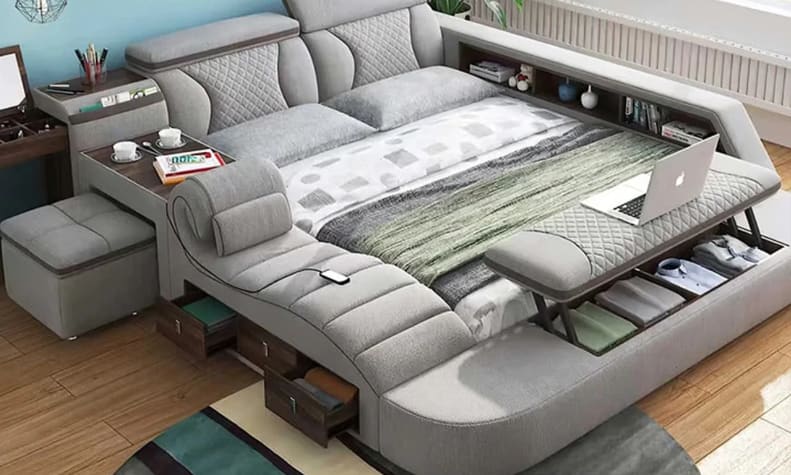Dresser: types, selection, materials and care
A dresser is a versatile piece of storage furniture commonly used in bedrooms, hallways and living spaces to keep clothing, linens and small items organised. Beyond practical storage, dressers can influence room layout, scale and style. This article explains common dresser types, how to choose the right size and material, maintenance tips, organisation ideas and where to look for repair or sustainable options in your area.

What is a dresser and common styles?
A dresser typically consists of a set of drawers arranged in one or more columns, sometimes paired with a mirror or cupboard section. Common styles include low dressers (wide, shorter units often used under windows), tallboys or chest of drawers (narrower, taller stacks), and combination units with cupboards or shelving. Styles vary from traditional solid-wood pieces to minimalist modern designs and flat-pack options. Understanding the basic forms helps you match a dresser to the room’s function—wide dressers offer surface space, while tall units save floor area.
How to measure and size a dresser?
Measure both available floor space and access routes before buying a dresser. Key dimensions are overall width, depth and height; standard depths range from 40–50 cm, while heights vary widely. Allow clearance for drawer opening (at least 50–60 cm in front) and consider ceiling height if you plan to stack or attach a mirror. In smaller rooms, narrower or shallower dressers are often more practical; in larger rooms, choose a scale that complements other furniture. Always measure doorways, staircases and lifts to confirm delivery is feasible.
How to choose materials and construction?
Materials affect durability, appearance and maintenance. Solid hardwoods like oak or maple are durable and can be refinished, while engineered woods (plywood, MDF) often provide stable panels with veneered finishes at lower cost. Metal and tubular frames suit industrial or modern aesthetics. Check joinery: dovetail joints in drawers and reinforced runners indicate better construction, while glued or stapled drawers may show wear sooner. Finish choices—paint, stain, lacquer—impact longevity and repair options. For humid environments, prefer stable engineered cores to reduce risk of warping.
How to organise and use a dresser effectively?
Use drawer organisation to maximise capacity and access: folded stacks for bulkier items, dividers for small garments and boxes for accessories. Arrange by frequency of use—daily items in top drawers, seasonal or less-used items below. Label or colour-code drawers if multiple users share a dresser. Consider surface use: a low dresser can act as a changing station, display area or TV stand but leave adequate ventilation for electronics. Keep a routine of decluttering every few months to avoid overfilling drawers, which can strain runners and reduce lifespan.
How to maintain and repair a dresser?
Routine care extends a dresser’s life. Dust surfaces regularly, avoid prolonged exposure to direct sunlight and wipe spills promptly. For wood finishes, use a soft cloth and manufacturer-recommended cleaner or mild soap diluted in water; avoid abrasive cleaners. Tighten hardware periodically and lubricate runners if drawers stick—wax or silicone spray can help metal or wooden slides respectively. For structural issues, simple repairs (replacing runners, reglueing joints, touching up finishes) can be done at home; for complex restoration consider a local furniture restorer or cabinetmaker.
Where to find local services and sustainable options?
For delivery, assembly and repair, search for local services, furniture workshops or independent carpenters who offer bespoke adjustments. If sustainability is a concern, look to secondhand markets, consignment shops, auctions and online resale platforms where pre-owned dressers can be sourced and refurbished. Upcycling—repainting, re-lacquering or replacing knobs—extends life and personalises pieces. Many cities also have community workshops or furniture restoration groups that provide skills and services. When choosing a new dresser, check for certifications (such as responsibly sourced timber) and enquire about end-of-life recycling or take-back options.
Conclusion
Selecting a dresser involves balancing size, material, construction quality and intended use. Careful measurement, attention to joinery and a plan for organisation will help you choose a piece that fits both the room and your routine. Whether buying new, restoring an older piece or choosing a secondhand option, understanding materials and maintenance needs supports longer use and better value.



